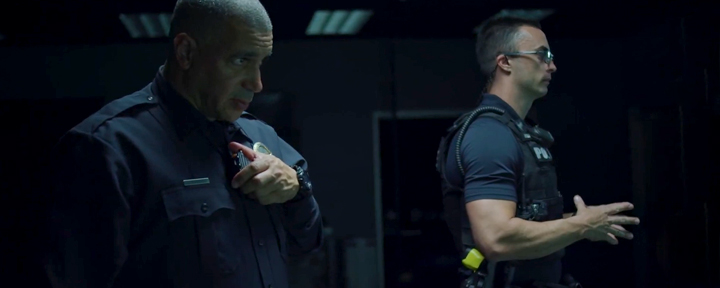
In the year 2020, there were 1,021 police-related fatalities across the United States. This is a number that has been steadily rising for years. It is a difficult situation for officers to be in, as use of force can be required to save the lives of civilians and the officers themselves—though in today’s world, it is often met with a media firestorm.
So what is a department to do? At times, it can feel like a no-win situation, since officers are following department protocol in dealing with a dangerous, non-compliant subject. Yet, the number of deaths continue to rise and so does pressure on departments.
One option to reduce the number of police-related fatalities and prevent media attacks is having a heavier focus on use of force training. Ideally, this would focus on increasing tactical skills, de-escalation techniques and weapon transitions between firearm and less lethal, and vice versa:
Increasing Tactical Skills
In order to maintain control over a situation, law enforcement officers must be able to maintain the tactical advantage—always be one step ahead of the subjects. This type of experience is difficult to recreate in a training environment, unless instructors utilize a real-life training simulator. Immersing officers in high-resolution video and the surround sound of high-stress situations is one of the best ways for trainees to practice gaining and keeping control of the situation. Skills learned in the simulator are easier to transfer to the field, making this form of training incredibly valuable.
De-Escalation Techniques
The first step to gaining control of the situation is attempting to de-escalate before less lethal or lethal force is required. However, not all interactions are simple, and therefore officers must know a variety of de-escalation tactics. VirTra partnered with Vistelar, a company specializing in conflict resolution, to create nationally-certified de-escalation training for officers. Departments who implement this training teach their officers how to work through conflicts verbally while recognizing important facial and body cues.
Weapon Transitions
Depending if the subject chooses to escalate the situation or become compliant to de-escalation tactics, officers need to know how to quickly transition between lethal and less lethal devices. Don’t be fooled by the simplicity; it is critical officers understand the tactical considerations of moving from one weapon to another, know how to improve speed and transition quality, and recognize time constraints with each. VirTra also offers nationally-certified training curriculum on this topic, which is paired with real-life scenarios. This allows trainees to learn the concept in the classroom before putting it into practice in the simulator.
The more departments push use of force and de-escalation training, the more ready their officers will be for the unforeseeable events in the field. Experience and knowledge go hand-in-hand in gaining control of a situation, which is why VirTra creates real-life scenarios for officers to practice in. Learn more by contacting a VirTra specialist.
Recently Published
Join Our Newsletter







